CHEF'S KNIFE
Parts of A Chef’s Knife
26.08.2020
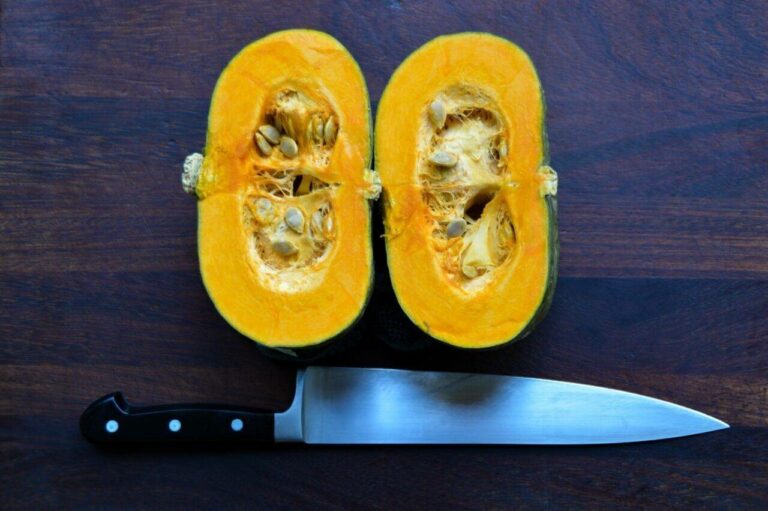
The versatility of the chef’s knife makes it one of the essential tools for a cook. A good chef’s knife will chop your ingredients, dice the meat, and help prepare the salad – a real workhorse in the kitchen.
Instead of buying the first knife you find, or going for the cheapest option, we’d argue you ensure you know what sets a good chef’s knife apart from the rest. We talk about the different parts of a chef’s knife and the importance of each. Read on.
Chef’s Knife: Handle
Whenever you reach out for a knife, the chances are high, you will hold it by the handle. This part of a knife matters a lot since it determines how comfortable we feel with the knife and your control of its maneuverability.
You want the handle to be as comfortable as possible, especially since you will be using your chef’s knife for long durations. To ensure comfort, some manufacturers shape the handles on their knives with contours to fit in hand ergonomically.
Besides the shape of the handle, the material used on the handle can determine the grip. Slippery materials are a no-no. Go for one made from rubber or synthetic plastic. These are non-slippery and will help prevent accidents in the kitchen. Wooden handles, which have been the norm for a long time, are discouraged since they promote bacteria growth within cracks.
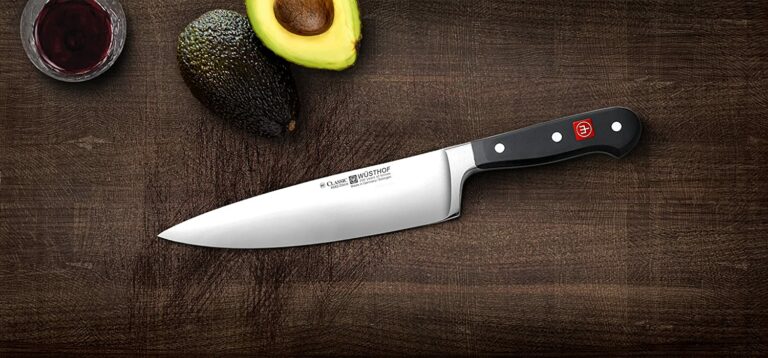
WÜSTHOF Classic 8 Inch Chef’s Knife,Black,8-Inch
Chef’s Knife: Rivets
Rivets are used to keep the handle firmly attached to the knife. They are found in most German knives and some Japanese knives as well. Also, fasteners are typically used on wooden handles, but the latest trends have them used in plastic handles.
A quality chef’s knife will have the handle neatly riveted to the tang. It is not a requirement for every blade to have rivets, but if the one you want to buy has them, ensure that they have smooth surfaces, and none of them is protruding.
The benefits of rivets include promoting the sturdiness of the knife and its durability and contributing to a comfortable feel of the handle.
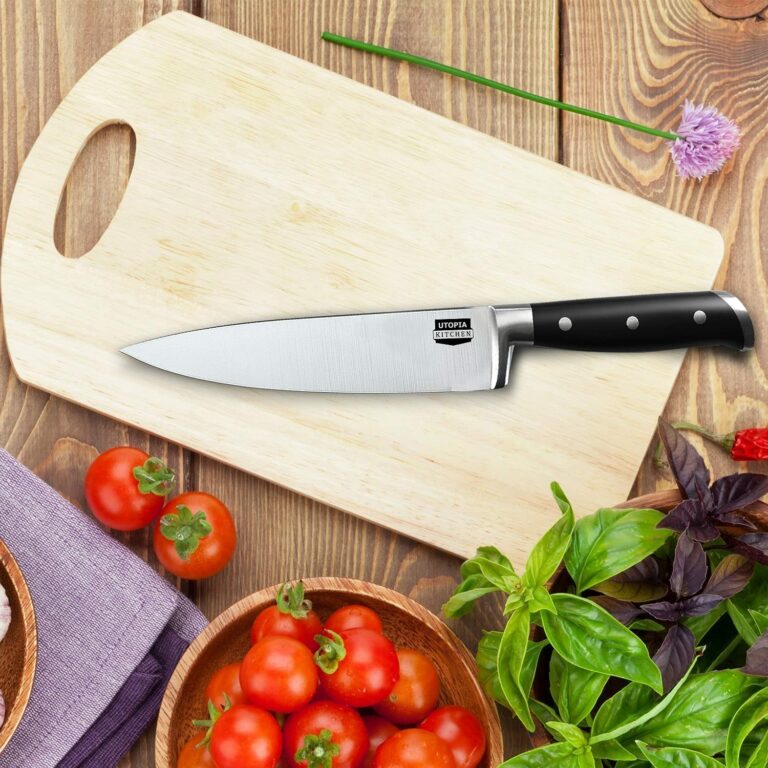
Utopia Kitchen Chef Knife 8 Inches
Chef’s Knife: Blade
The type of metal used to make the chef’s knife blade is critical when looking for the best knife to buy. Steel blades with the high content of carbon are favorites of many chefs. Such blades are resistant to rust and corrosion and tend to keep the sharp edges for long. So, if you don’t want to struggle with sharpening your knife, pick one with high-carbon stainless steel.
Other softer carbon steel blades are easier to sharpen but go dull as easy. Curved edges allow chopping using the rocking movements, a standard feature on most German kitchen knives. Flat blades are found on most Japanese knives and allow for more precise slices and chops.
Like those found on santoku knives, some knife blades come with hollows to prevent food from sticking to the blade when chopping or slicing. Serrated edges also work to allow for seamless slicing and are commonly found on bread knives.

MAC MIGHTY Mac Professional Hollow Edge Chef’s Knife
Chef’s Knife: Tang
Tang is the part of the blade that extends into the knife’s handle. Some of the best chef’s knives are forged from a single piece of metal. This forms the blade and an extension on which the handle is attached.
Some tangs don’t extend the entire length of the handle hence half-tang design. Full tang, on the other hand, covers the whole length of the handle. The advantages of the full-tang design include balancing the knife’s weight between the blade and the handle, besides contributing to the sturdiness of the knife and its durability.
You will be able to tell the tang of most chef’s knives – a strip of metal on which the handles are riveted. For others, be sure to check the product descriptions before making your purchase.
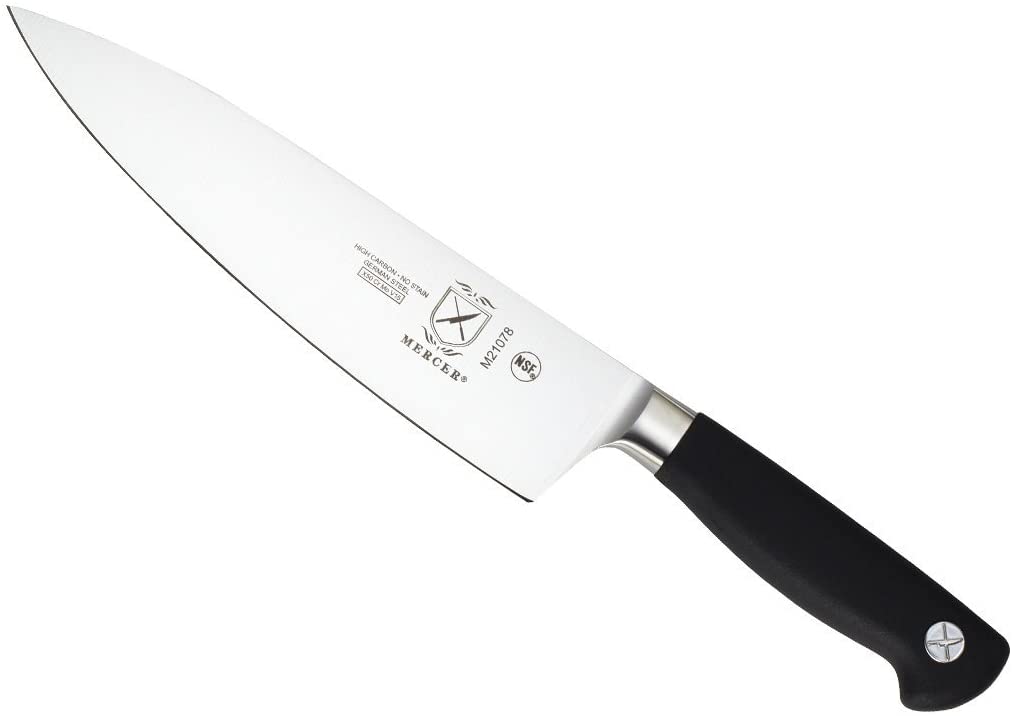
Mercer Culinary Genesis Forged Short Bolster Forged Chef’s Knife
Chef’s Knife: Bolster
You are more likely to find a bolster in a German chef’s knife than a Japanese knife. This is the thick region at the point the handle meets the blade. The bolster works to ensure the sturdiness of the knife in addition to balancing its weight. Besides, it prevents your fingers from slipping to the cutting edge.
You can tell whether a knife was forged from a single piece of metal by looking at the bolster. Stamped knives, on the other hand, don’t have bolsters. The bolster’s thickness can tell you about the thickness of the original piece of metal by looking at the thickness of the bolster. As such, the thicker the bolster, the well balanced the knife is.
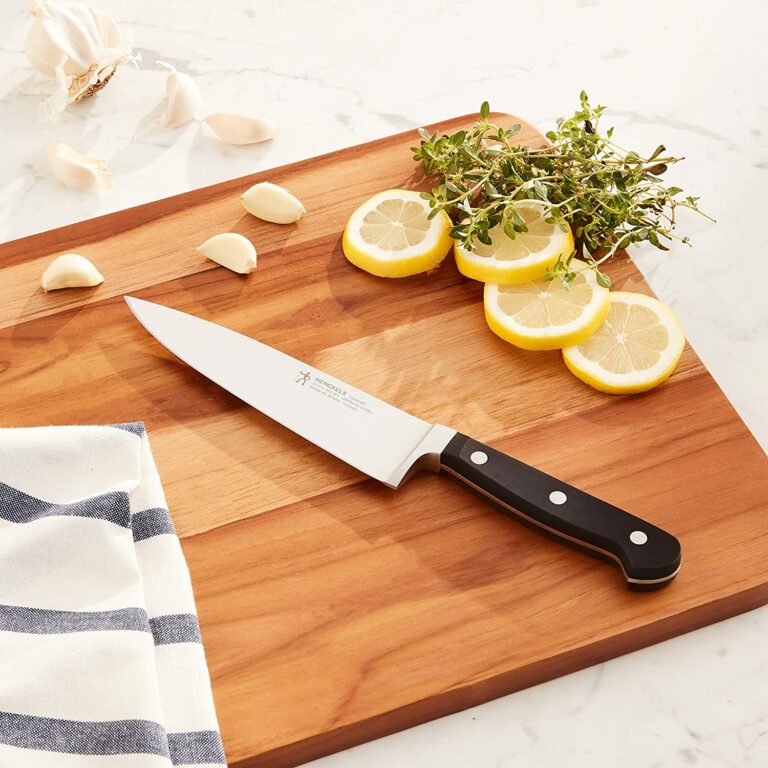
J.A. Henckels 31161-161 CLASSIC Chef’s Knife
Conclusion
While you may not find all these features on a chef’s knife, it is crucial to learn the importance of each to help you make the right choice. The main parts to focus on when making your purchase are the handle, blade, and tang. Here is a convenient knife sharpening stone.









